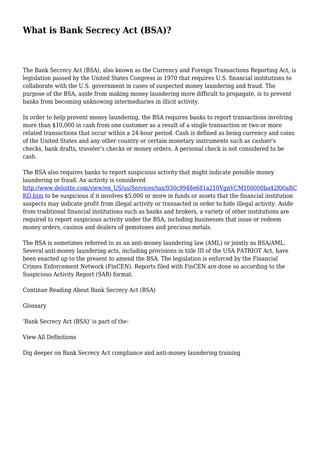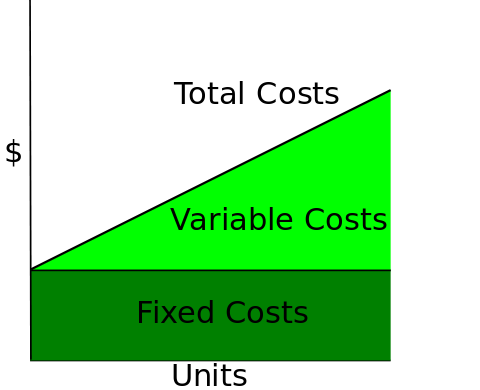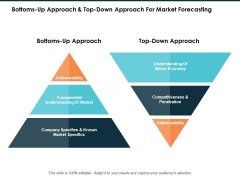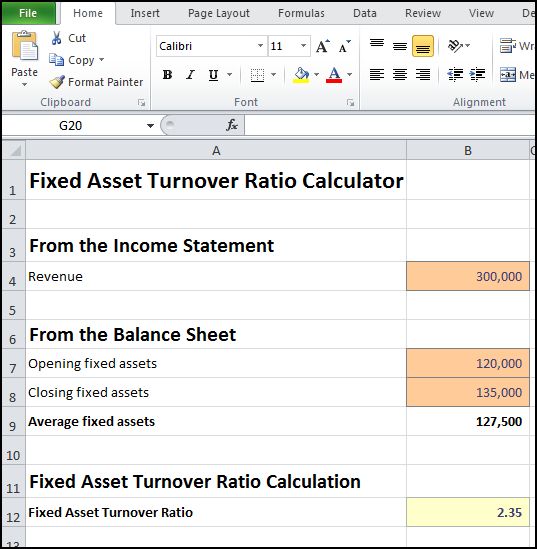
The first rule of economics is you do not get something for nothing—everything has an opportunity cost. So if renters get “cheaper” housing than the market requires, they tend to also end up with lower quality housing. If by chance the cost of production of a product is not met in a fiscal year. The producer thinks a thousand times before producing that product or commodity again. This will further not be able to meet the demand of the product in coming years.
This Mount Washington Townhouse has it All — Including a Killer View – Pittsburgh Magazine
This Mount Washington Townhouse has it All — Including a Killer View.
Posted: Tue, 08 Aug 2023 02:43:08 GMT [source]
In such situations, the quantity supplied of a good will exceed the quantity demanded, resulting in a surplus. A price floor is the lowest legal price that can be paid in markets for goods and services, labor, or financial capital. Perhaps the best-known example of a price floor is the minimum wage, which is based on the normative view that someone working full time ought to be able to afford a basic standard of living.
How can an effective price floor be enforced in practice? How is it enforced and enforced effectively?
Laws that government enact to regulate prices are called price controls. A price ceiling keeps a price from rising above a certain level (the “ceiling”), while a price floor keeps a price from falling below a given level (the “floor”). When the economy is in a state of flux, the government may set minimums and maximums on the price of some goods and services.
I know I told you to ignore it, but do you at least remember where to find it? If you said it’s the triangle between the red dotted line, the blue supply line, and the red demand curve, you’d be right, and that’s what we’re going to talk about next. Economists estimate that the high-income areas of the world, including the United States, Europe, and Japan, spend roughly $1 billion per day in supporting their farmers. Agricultural economists and policy makers have offered numerous proposals for reducing farm subsidies. This is either because the population views this as supporting the traditional rural way of life or because of industry’s lobbying power of the agro-business. Price floors are sometimes called “price supports,” because they support a price by preventing it from falling below a certain level.
It is a mandated minimum wage which employers are required to pay to employees. If a farm good faces inelastic demand, a price floor will boost the supplier’s profits since the increase in price will cause a disproportionately smaller decrease in demand. Thus, the higher prices will offset lost sales volume and allow the supplier to increase profitability. Thus, if renters obtain “cheaper” housing than the market requires, they tend to also end up with lower quality housing. To this point in the chapter, we have been assuming that markets are free, that is, they operate with no government intervention. As the customers will try to get the products at a cheaper price, this will increase the competition of producers in the market and a huge instability among them.
The Long-Term Effects of a Binding Price Ceiling
This costs the city or state money, but makes sure that landlords want to provide enough housing for everyone. Similarly, governments, especially larger ones, like the idea of price floors on foodstuffs. However, that means that suddenly farmers like to produce a lot more of it. Rather than have it flood the market and spoil there, the governments buy up much of this produce, using it especially for foreign aid.
In some cases, governments will step in to prevent prices climbing too high or falling too low. After all, it is nothing more than a point of agreement between producers and suppliers. However, sometimes it is for the greater good to impose limits on prices. This is most often done to protect the particularly vulnerable in society, but limits have also been used by a surprising number of firms. These limits come in the form of price ceilings and price floors. As you might expect, price ceilings act to limit prices from rising too high, whereas price floors act to limit prices from falling too low.
- The effect of greater income or a change in tastes is to shift the demand curve for rental housing to the right, as shown by the data in Table 1 and the shift from D0 to D1 on the graph.
- A minimum wage is a price floor on the labour market which is legislated by some governments.
- It sets a maximum price that sellers are allowed to charge, regardless of the market equilibrium price.
- Price ceilings can also be set above equilibrium as a preventative measure in case prices are expected to increase dramatically.
- To this point in the chapter, we have been assuming that markets are free, that is, they operate with no government intervention.
In the absence of government intervention, the price would adjust so that the quantity supplied would equal the quantity demanded at the equilibrium point E0, with price P0 and quantity Q0. However, policies to keep prices high for farmers keeps the price above what would have been the market equilibrium level—the price Pf shown by the dashed horizontal line in the diagram. The result is a quantity supplied in excess of the quantity demanded (Qd). When quantity supplied exceeds quantity demanded, a surplus exists. Price Ceiling and Price Floor are two economic concepts which are often conflated.
Chapter 9: Forms of Market
Once these gaps are filled, the market economy will set a new trend. Each producer in order to sell his product, will reduce his selling price. Especially for the seller who has frozen his products rather than keeping them in the market. If a good faces inelastic demand, a price ceiling will lower the supplier’s profits since the decrease in price will cause a disproportionately smaller increase in demand. Thus, the lower prices will offset the decrease in sales volume. However, the most important thing on this graph is that chunk of excess demand.
When there are more apartment-hunters than there are apartments, landlords have their pick of tenants and can basically charge what they like. A price floor is the minimum price at which a product can be sold. It’s there to stop a price from dropping below a certain level – the “floor.” Perhaps the best-known example is the minimum wage.
How does the price floor control the market economy?
If you guessed that the consumer surplus is between the price axis, the green dotted line, and the red demand line, you would be correct. Not that it is much smaller than the producer surplus, which difference between price ceiling and price floor is between the green dotted line, the price axis, the red dotted line, and the blue supply curve. Again, producers, in this case, people who provide work, benefit greatly from price floors.

There’s a lot of information to absorb on the graph above, so we’ll take it one-step at a time. Oh, and don’t get worried about the fact that the ‘ceiling’ is suddenly beneath all the action – that is exactly where it belongs.
However, this does nothing for prices if the equilibrium point is too high. A price ceiling is a maximum amount allowed to be charged for a good or service. Governments can pass laws affecting market outcomes, but no law can negate these economic principles. Rather, the principles will become apparent in sometimes unexpected ways, which may undermine the intent of the government policy. The Wholesale Price Index (WPI) and the Consumer Price Index (CPI) are commonly used to monitor inflation.

Requiring electricians to be licensed keeps many from entering the profession, allowing those who are licensed to set higher fees since supply is low and demand is high. The unintended consequence of this is that people attempt to save money by fixing their own electrical problems themselves, often to disastrous and much more costly results. While setting a price ceiling and price floor has its benefits, there can be drawbacks to determining the highest and lowest price of a good or service. A minimum wage is a price floor on the labour market which is legislated by some governments.
Price control mechanism refers to a set of laws that the government enacts in order to regulate prices in the market. There are two types of price control mechanisms namely, price ceiling and price floor. The amount supplied and the quantity demanded are equal at the equilibrium price in a market that is functioning freely. When the equilibrium price so reached is either too high or too low (unprofitable) for the producers of the commodity, the government may need to intervene in the process of fixing prices.

Once the price floor of a product is fixed by the government, it affects the market economy in many ways. This helps poor producers to at least meet their cost of production. Equilibrium price rises or falls depends upon the demand and supply curve.





